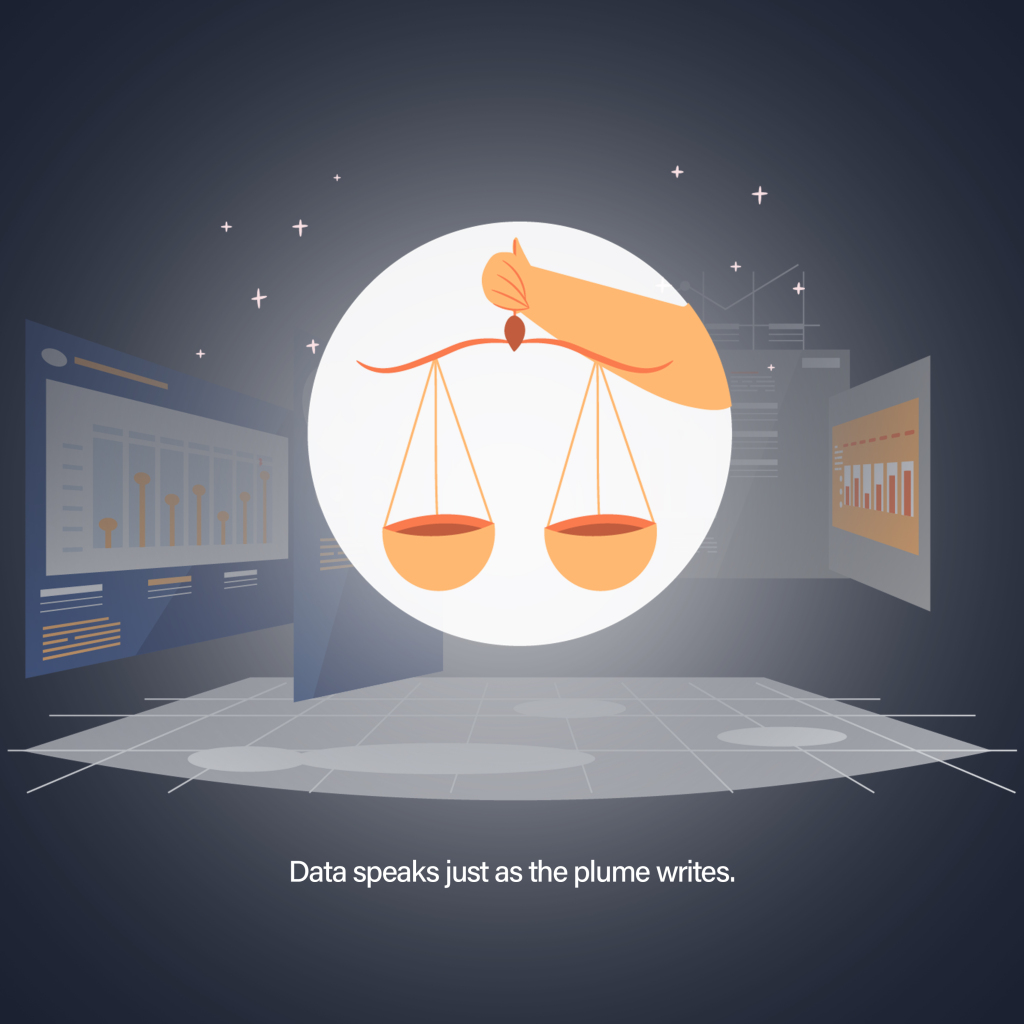By John Macklien Olandag | February 28, 2021
The news shook the world. When COVID–19 pandemic hit the headlines, everything has changed. The news had become an enormous source of fear. It was a perfect time to not turn on the television, read the broadsheets, or listen to the radio for news. They had invited fears of heaven-forbid possibilities for most people.
Those who wrote and told the story came into a great challenge. Whether to publish a story or not, to take the dagger of truth or to tickle the people with a subtle lie, a choice had to be made.
Stories of how stories are made have always involved reading “between the lines.” It involves numerous concepts to remember including the ethics in surfacing the truth.
The University of the Philippines (UP) Journalism Club had the following points for outlining the particular lines to be read in-between, especially in covering stories and realities of this crisis.
Data speaks just as the plume writes

The five ‘Wh questions’ that a journalist aptly writes to initialize the story is a given attribute. But behind the pen and paper, are elements that forecast or strengthen these stories. Although the mouths of those characters in the story may make up their own facts, data can say otherwise.
The crucial role of journalism and data intertwines into a stronger image of truth. In this health crisis, the outsourced data from different health institutions regarding the infections had helped local government units to take action. The three-digit increase of COVID cases in Cebu City last June prompted the national government to call on Environment Secretary Roy Cimatu to be the czar of the containment efforts for the city. The “data proxy war” between the University of the Philippines’ statistical predictions of the number of cases in subsequent months and the different agencies made by the government work to beat those numbers by implementing stringent containment measures.
The media has been at the forefront in divulging these substantial data. The cyberworld might not have made memes on Roque’s “Panalo Na Tayo!” if it weren’t for different media outfits that present the data to the government agencies. Numbers had also spoken the truth as words did.
To note or to feel?

The crisis also left the journalists wondering whether they had noted down the truth or just giving an image of it. The interlinking of social issues along with the ongoing pandemic has welcomed sensationalism and stories that were always serving the people with impartiality. This may be grounded into a personal perspective to take only one side of the whole story.
To tell the death of a loved one or make a general picture of a story to make it less painful is a dilemma that journalists have been facing. If a journo chooses to tell the story of a certain loss, it can invite people to take action more. If he chose a broader story to publish, then it may be just another news for people. But the former may invite sensationalism, and that is where a writer should discern between his personal feelings and his concrete observations.
A crisis story is a story that doesn’t just inform people of the ongoing challenges, but triggering them to take action even without external discretion. The pandemic left several newsmakers and storytellers at a limited pace and distance to take images of stories. The temptation of actually sketching a scenario to compensate with the limit has been tacked right through the pen.
To take down the concrete image of the truth or to paint an ideal truth? A journalist, given the commitment to abide by the higher law of truth, has a verdict to brave the emotions and take out the truth. But a storyteller can also virtually create a wider image of a limited fact. The dividing line between the two is always their ethical core as journalists.
Letting storytellers be heard

The impact of the COVID–19 pandemic in the Philippine economy saw thousands of jobs lost. Although some survived the untoward purge, the times saw a very different character as compared before. From those who direct programs to those working in the field, the people in the media industry have been complaining of very small fruits that they had strived to grow out of their intricate labor.
Journalists not belonging to any media outfits are especially vulnerable. The health risks and the lack of guarantee for a secured compensation have been what the storytellers want the people to hear, just as the public hears their objective stories.
Thousands of great stories have inspired, informed, and invited people to act. Yet, it is rare to witness stories of what the makers of these images had gone through just to produce the modest story to feed their own stomachs. Between the lines, as what UP Journalism Club calls it, wasn’t just a matter of ethics inside a story’s paper and camera, but also inside a story maker’s life and struggles. Empty stomachs may be what were behind the most beautiful scenes along with what to bring to their family tables.
This crisis challenged the ethics of journalism. Whether to jot down the truth or reveal his hidden sentiments, a journalist always goes through a lot for a single story. Anyway, what can be more important in these cases than reading between the lines?


